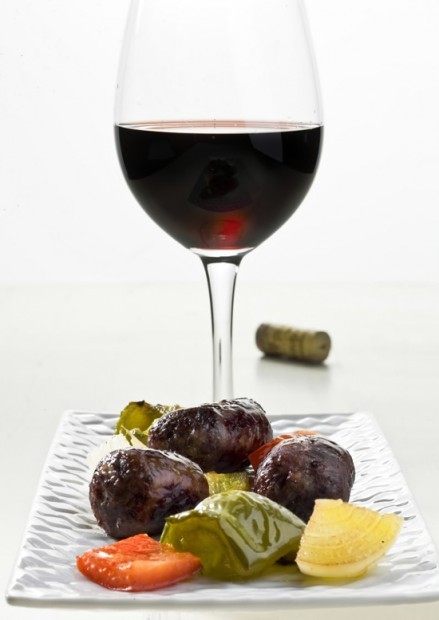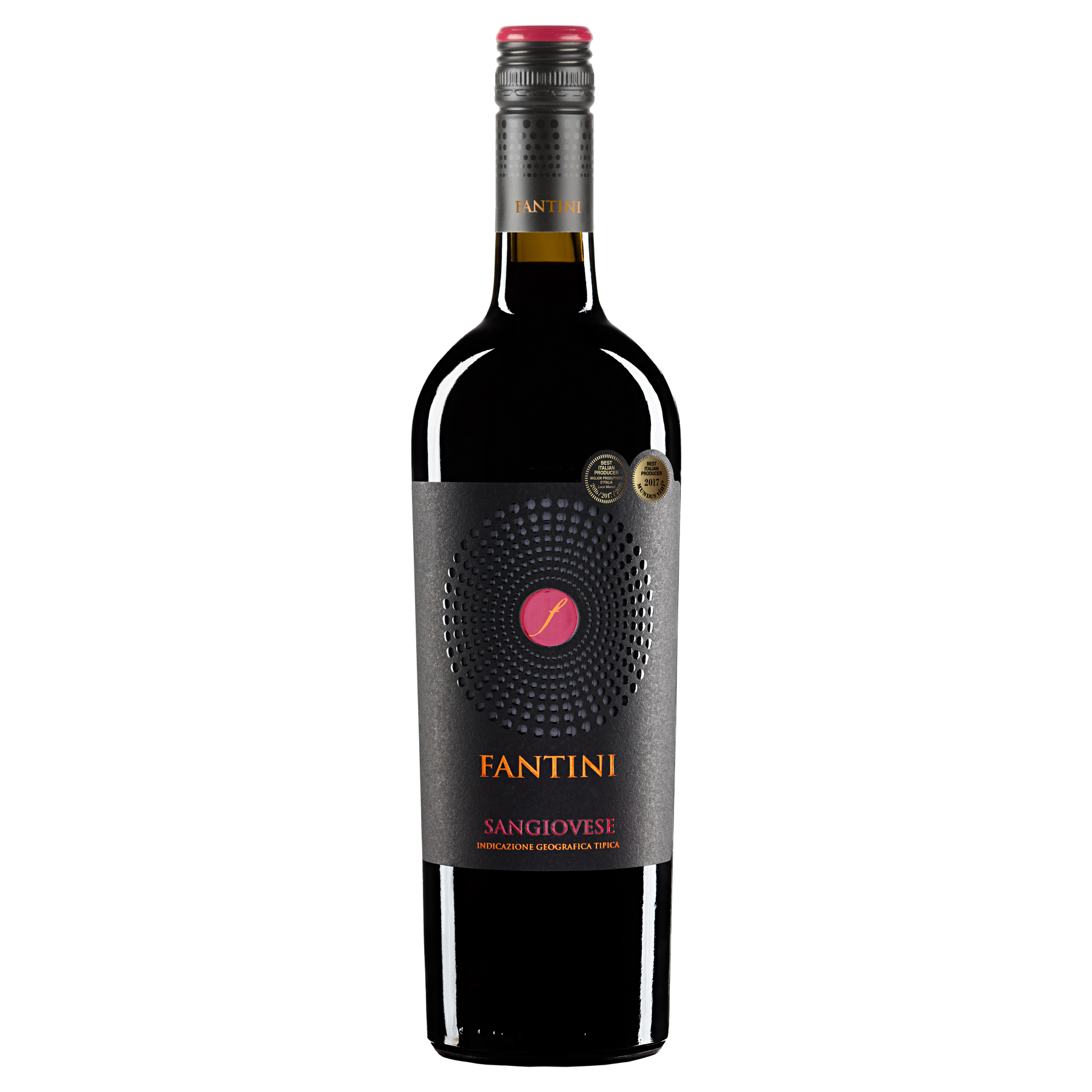
Most of the time a few extra techniques are added to increase colour and flavour and reduce tannins. Winemaking with Sangiovese Grapesīecause the Sangiovese grape is very high in acidity and tannins, some care must be taken in the production of Sangiovese wines. Any way you cut it, Sangiovese grapes do need some extra care and a watchful eye as they grow. The solution? Soils that are fairly low in nutrients can actually be better for Sangiovese, as it lowers the yield production of the vines. The lower sugar and flavour creates low alcohol wines that oxidize and turn brown. As you might imagine, overproduction on certain vines creates diluted flavour, colour, and sugars with extra high acidity. More proof of their difficulty? Sangiovese vines must be yield controlled or they over-produce.

In fact, some areas of Tuscany have to be careful to avoid rot on Sangiovese grapes, which can occur when the season is too wet. Going a step further to discuss the irrigation of Sangiovese grapes, they generally grow successfully in low irrigation, especially in the United States. Of course, too cool and you’ll end up with unmediated tannins and overly punchy acidity. (Tuscany is very hot, which is why Sangiovese thrives there.) But it can’t be too warm or the grapes will lose the intensity of flavour and become diluted. They require a warm growing season, with direct sunlight. While Sangiovese is incredibly popular, growing Sangiovese grapes isn’t all smooth sailing. The best Sangiovese grapes come from areas that have a combination of limestone and shale, usually called galestro or Albanese. The strength of the minerals in each soil type determines the richness and minerality of Sangiovese-based wines. The best soil type for Sangiovese is limestone, followed by shale, and finally clay with marine sediments. (This is why Chianti Classico and Brunello di Montalcino are so highly prized, as you’ll see below.) The Sangiovese grape is strongly influenced by terroir and can absorb the flavour notes of the region it comes from. Sangiovese grapes are also highly adaptable and grow in numerous soils to diverse effect. Sangiovese grapes actually have one of the longest growing seasons, often not harvested until October. This may seem like the promise of an early harvest, but don’t get your hopes up. Sangiovese grapes will bud early in the season. Sangiovese produces savoury, red wines with high tannins and high acidity. It is fairly thick-skinned and small, resulting in intense flavours, though light aromas. Sangiovese itself is a little red grape that grows largely in Italy. You may find a wine labelled “Sangiovese.” But for the most part, the best examples of this wine are under headings like “Chianti” or “Brunello” or “Morellino.”

It is important to note that the term “Sangiovese” refers to the grape used in classic Italian wines, not a specific type of wine itself.


Top 5 Sangiovese Recommendations of 2022.Chianti Classico DOCG (and Chianti Rufina).


 0 kommentar(er)
0 kommentar(er)
